Celebrated Uruguayan architect Rafael Viñoly has died in New York City at the age of 78. The news of Viñoly’s death, reportedly caused by an aneurysm, was first reported earlier today by Uruguayan media and later confirmed by his son Román Viñoly, a filmmaker and director of Rafael Viñoly Architects, who provided the following statement:
“On behalf of my family, my co-workers and our many partners throughout the world, I am saddened to report that my father, the founder and namesake of our firm Rafael Viñoly Architects, passed away unexpectedly yesterday, 2nd of March, at the age of 78. He was a visionary who will be missed by all those whose lives he touched through his work. He leaves a rich legacy of distinctive and timeless designs that manifested in some of the world’s most recognizable and iconic structures. The firm’s partners and directors, many of whom have collaborated with him for decades, will extend his architectural legacy in the work we will continue to perform every day.”
“I’m incredibly proud of the integrity of the work our team has produced over many decades and on very complex projects, and I am honored and humbled by our team’s unwavering commitment during this profound time of loss,” added Jay Bargmann, vice-president of Rafael Viñoly Architects.
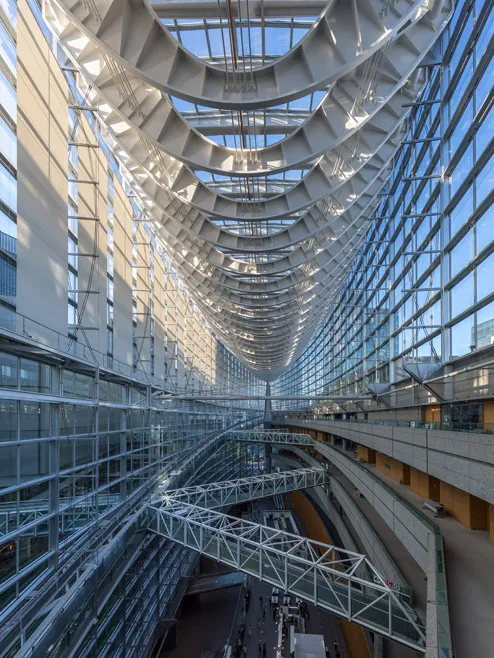
Interior of the Tokyo International Forum in Japan. Photo by Basile Morin, CC BY-SA 4.0, via Wikimedia Commons
Born in Montevideo in 1944, Viñoly attended the University of Buenos Aires, receiving his Master of Architecture in 1969 from the school’s Faculty of Architecture and Urbanism. Throughout the 1960s and 70s, he was active in Argentina as a co-founder of the collaborative practice Estudio de Arquitectura, which later evolved into the firm known today known as MSGSSS. As Argentina suffered under an oppressive military junta, Viñoly and his family relocated to the United States in 1978; following a visiting professorship at the Harvard Graduate School of Design, he established his eponymous New York firm in 1983, which currently maintains additional offices in London, Buenos Aires, and the Silicon Valley.
Prolific and known for lively, typology-spanning works ranging from concert halls to convention centers, stadiums to supertalls, Viñoly wasted no time in making a singular mark across his adopted U.S. with landmark projects such as John Jay College of Criminal Justice in New York (1988), Philadelphia’s Kimmel Center for the Performing Arts (2001), Duke University's Nasher Museum of Art (2005), Bronx County Hall of Justice (2007), a $350 million overhaul of the Cleveland Museum of Art (2009, 2012), and Rockefeller University's Stavros Niarchos Foundation-David Rockefeller River Campus in Manhattan (2019). Although rooted in New York, Viñoly remained a global architect; his many major international commissions include the acclaimed Tokyo International Forum (1996), the Atlas Building at Wageningen University and Research Centre in the Netherlands (2006),the Curve Theatre in Leicester, England (2008); a new terminal at Montevideo's Carrasco Airport (2009), Uruguay's Laguna Garzón Bridge (2015), and multiple projects in Abu Dhabi. Best known for (frequently atria-anchored) institutional buildings, Viñoly also designed a number of private homes.
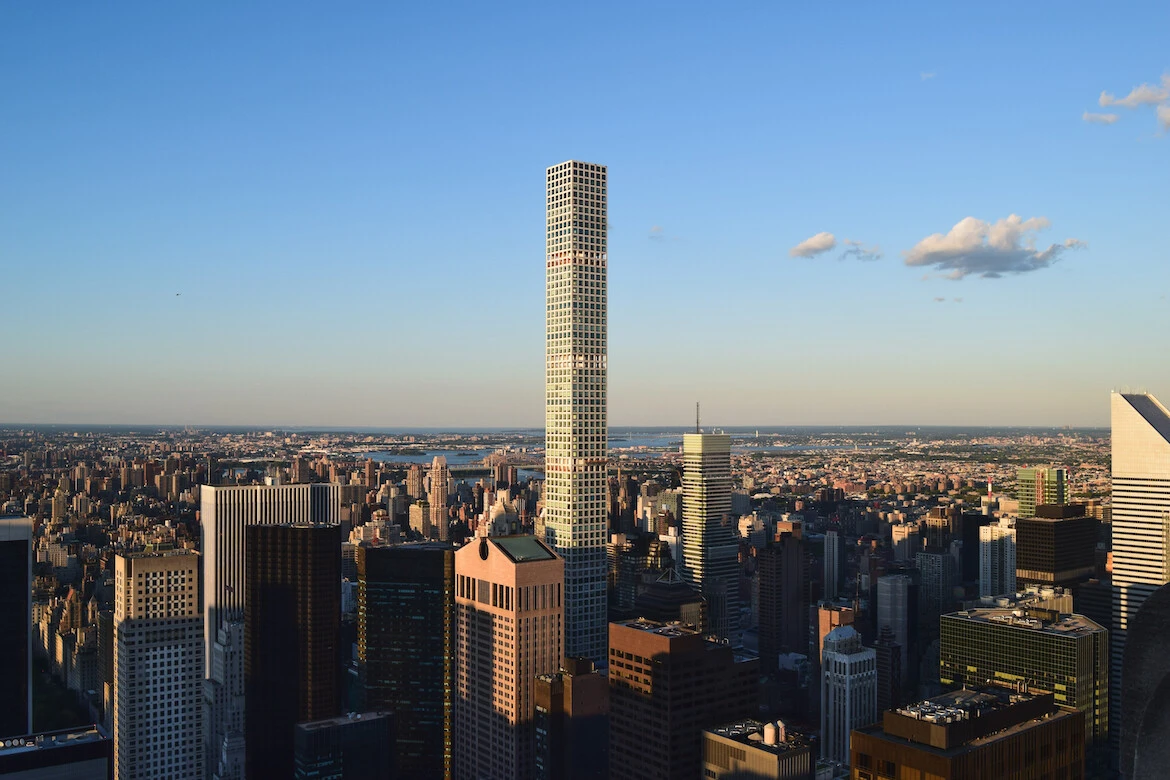
432 Park Avenue, New York City. Photo by CarmenRM, Shutterstock
A statement from Rafael Viñoly Architects noted their founder’s unwavering focus on “maximizing the opportunity for civic investment generated by every construction project.”
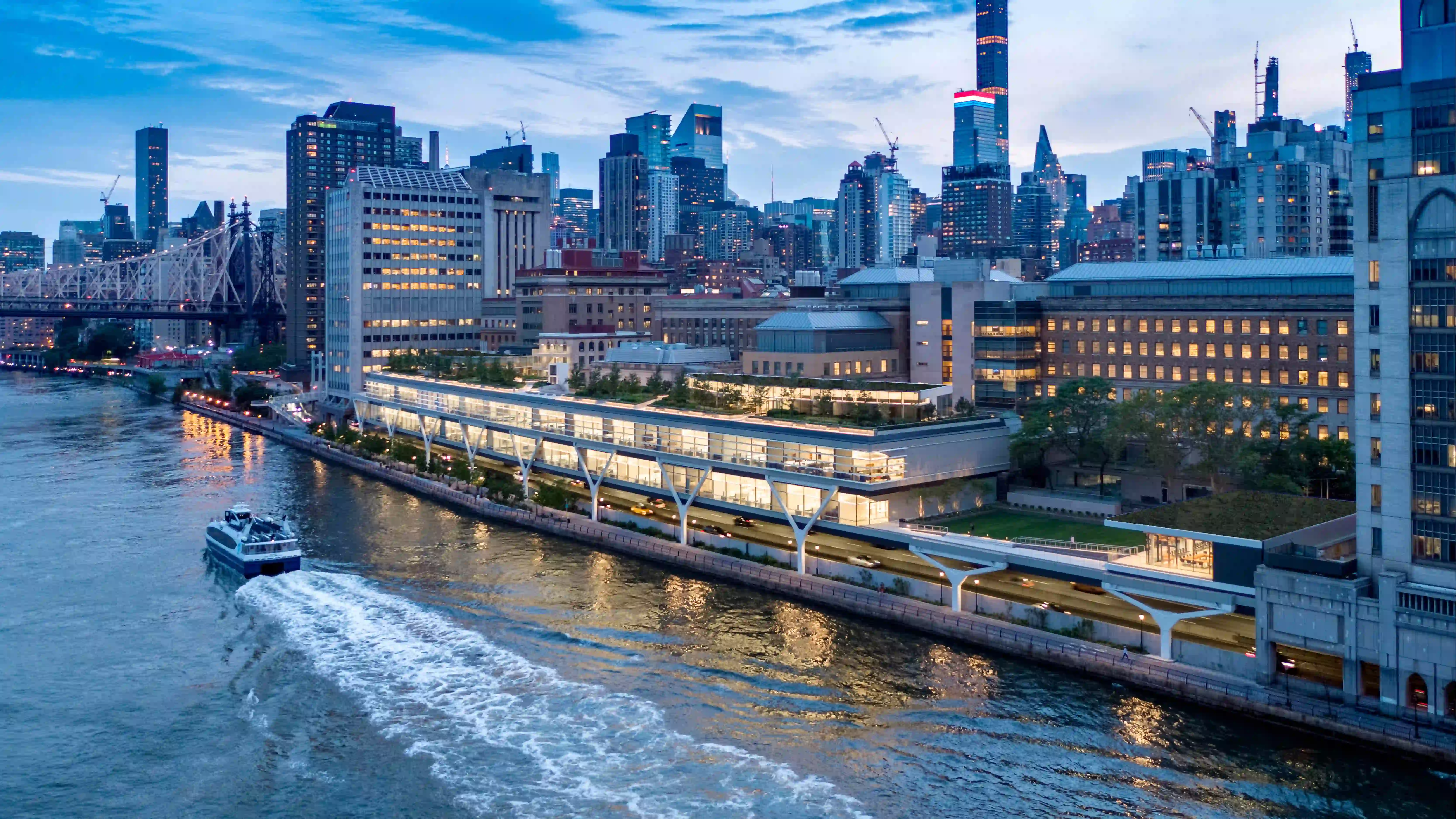
Rockefeller University's Stavros Niarchos Foundation-David Rockefeller River Campus spans over FDR Drive in Manhattan. Photo © Tod Mason
Throughout the decades, Viñoly, a Fellow of the American Institute of Architects, maintained ties to his native Uruguay and served as an indelible influence on younger generations of South American architects. Amir Kripper, a Uruguayan-American architect based in Boston, recounted to RECORD an encounter with Viñoly in 2006 while a student at Columbia GSAPP. “We talked about his early days, growing up in Uruguay, and his trajectory in the USA,” Kripper shared. “‘An architect should know how to build’,” he told me. “‘Otherwise, we have no place at the table.’”
“Personally, his role and impact in the architecture field was very powerful,” Kripper added. “He paved the way for architects coming to the U.S. from South America and getting major projects and recognition."

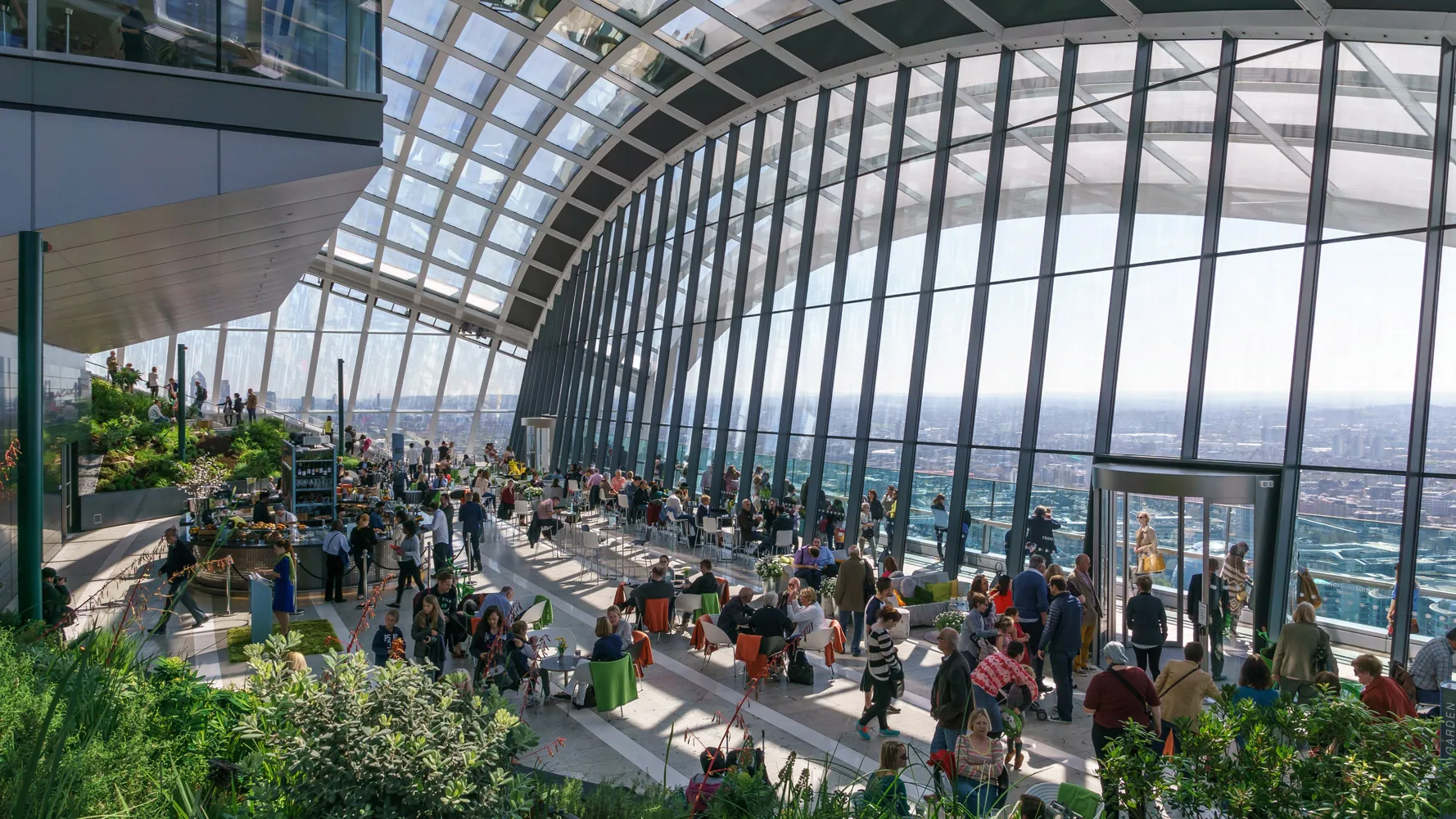
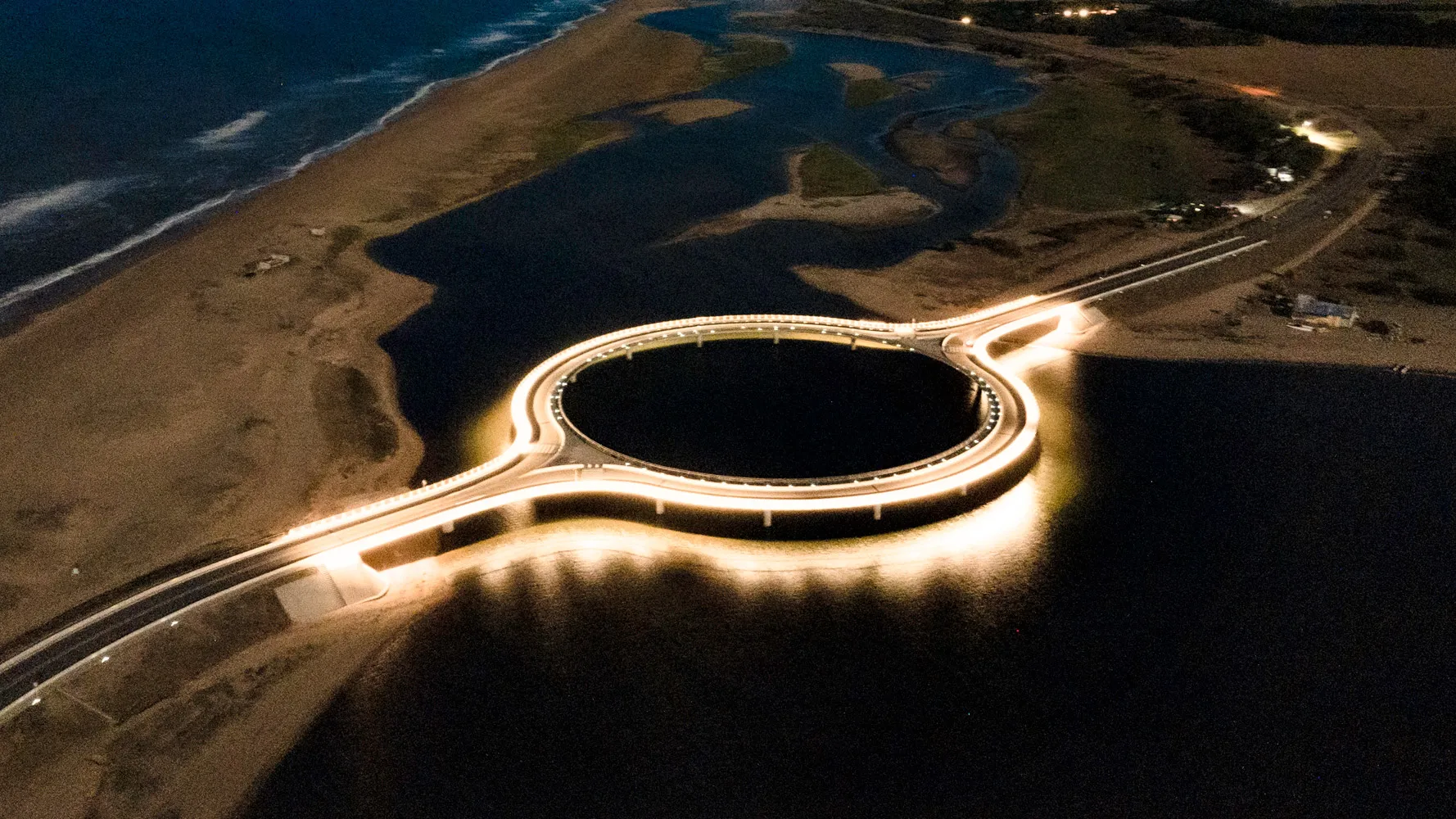


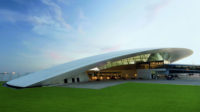


Post a comment to this article
Report Abusive Comment